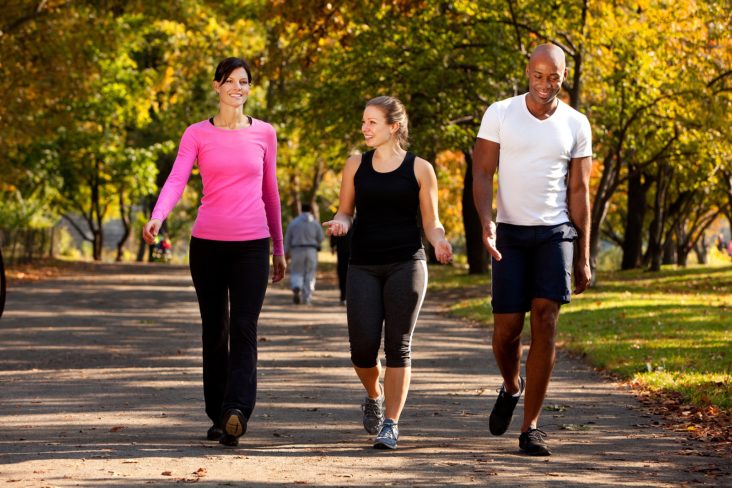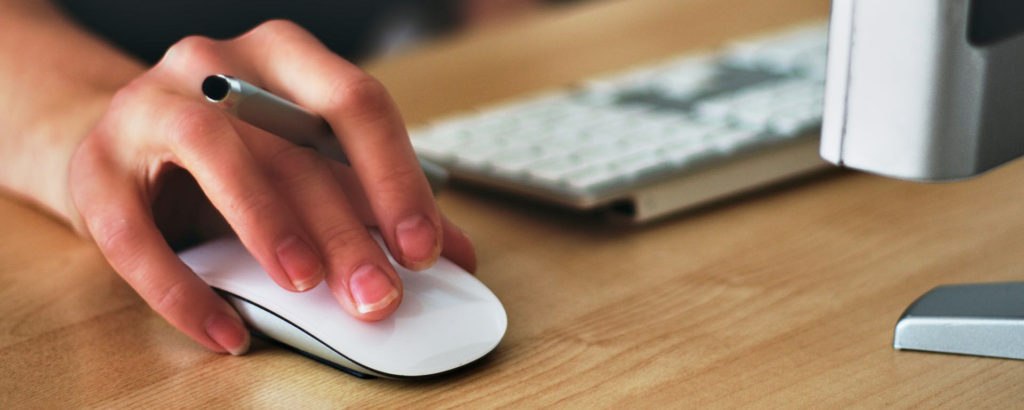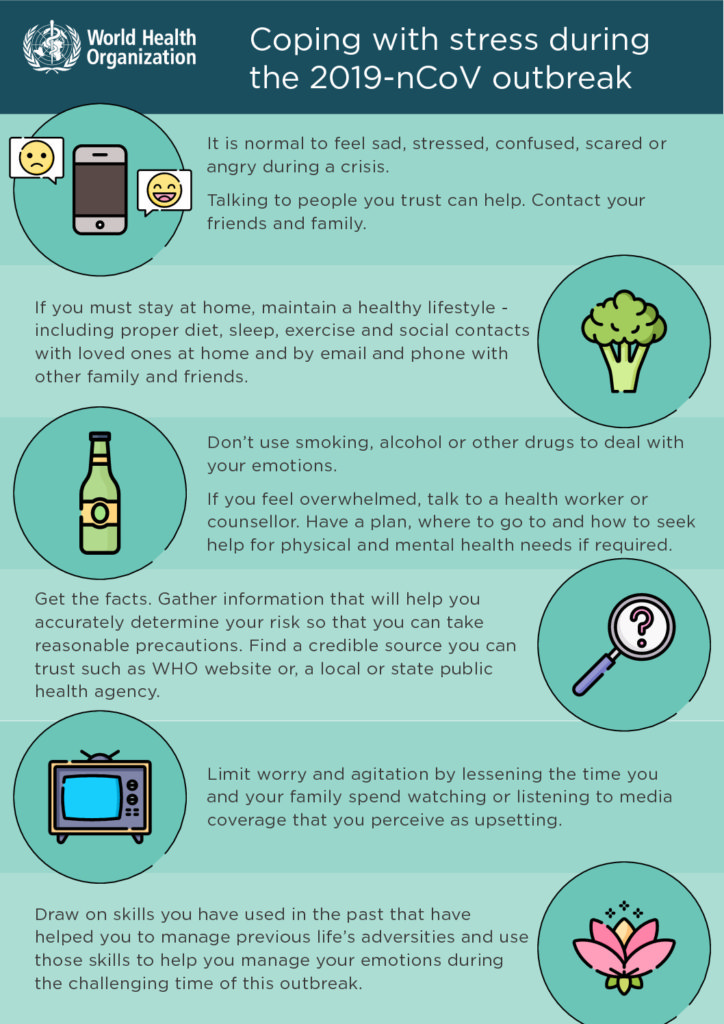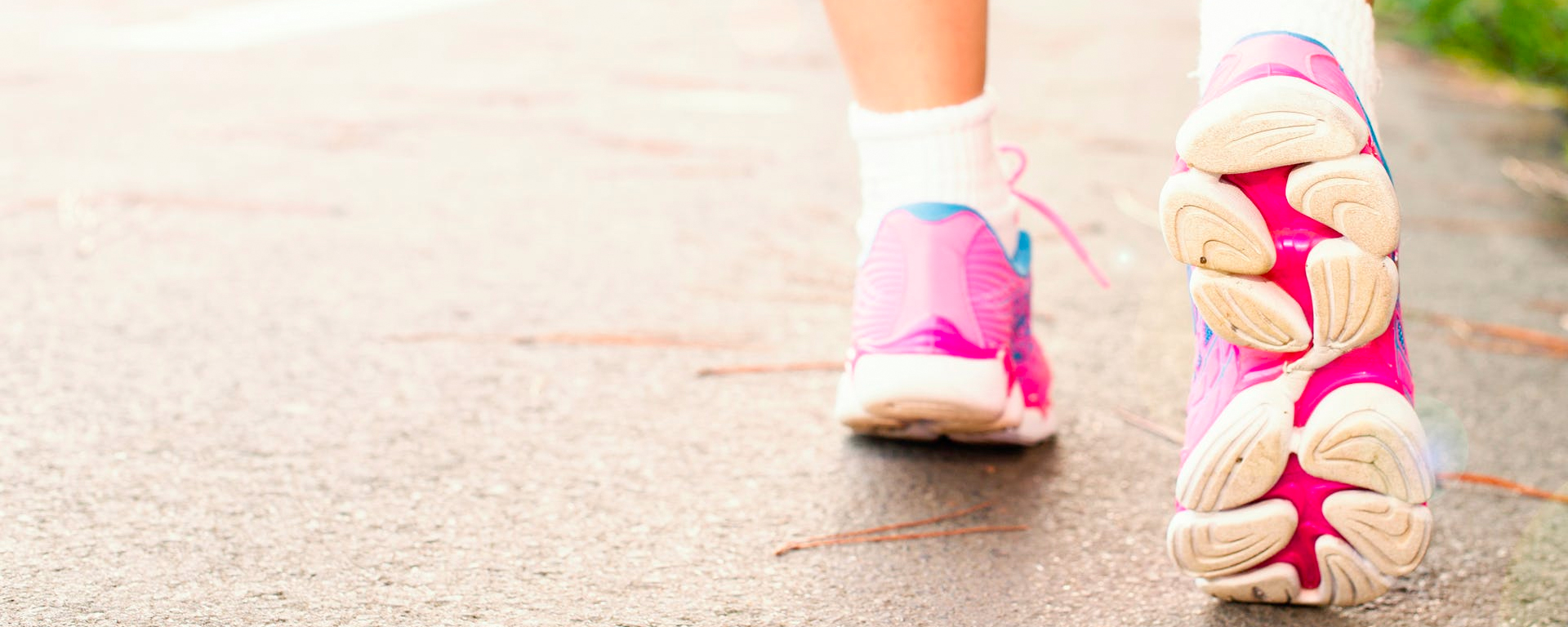A concussion is a traumatic brain injury that occurs when your brain is shaken inside your skull.
This incident can potentially damage the blood vessels in your brain or injure its tissue. Concussions are referred to as an ‘invisible injury’ since a concussion’s symptoms aren’t always easy to recognize and even MRI imaging isn’t perfect at identifying one. According to Scientific American, one blow to the head may increase your risk of developing a mental health disorder. All it takes is a hard tumble on the basketball court or a blow to your head, neck or body. Yes, that’s right — you don’t necessarily have to hit your head. For example, when your body jolts suddenly due to a hard tackle or a car accident, it can cause whiplash and a concussion.
Concussions and sports: When you need to step back and manage a concussion.
Some people think concussions only happen if you black out. But nine out of ten concussions
don’t result in a loss of consciousness and some only cause a brief interruption in mental alertness. Studies find that most high school and college athletes don’t report concussions while playing football. They may not realize that a concussion can happen even if they don’t black out.
In the past, athletes in many sports returned to play too soon after suffering a concussion, sometimes even on the same day. But thanks, in part, to Rowan’s Law, sports and health organizations are starting to take these injuries much more seriously. Trainers, healthcare professionals and athletes themselves are watching more closely for concussions. They are also taking a more conservative approach to rehabilitation and return to play. This is an important change for the health of athletes everywhere. Here are some points to consider and steps you can take to reduce your risk of long-term effects:
- How can I tell if I have a concussion?
First, you need to know if you have a concussion. Effective concussion management starts with
recognizing the signs and symptoms, some of which may show up hours or days after your
injury. It’s important for parents, coaches, trainers and athletes to recognize the warning signs
and remove the athlete from play if any of them are present.
Check for warning signs of a concussion, which typically include:
-Difficulty thinking clearly, concentrating or remembering new information, headache, blurry vision, queasiness or vomiting, dizziness, balance problems or sensitivity to
noise or light, irritability, moodiness, sadness or nervousness, extreme sleepiness or difficulty falling asleep or remaining asleep.
It is important to note that concussion symptoms can vary widely from person to person. One person might suffer from pain, while another may experience depression and have difficulty sleeping.
Visit to a trusted and licensed healthcare professional as soon as possible:
Any athlete with potential concussion warning signs should see a medical doctor or nurse
practitioner as quickly as possible for a diagnosis. Remember, there is no simple test for a
concussion. You can miss a concussion if you rely only on a five-minute assessment done on the sidelines. (Note: If this incident did not occur during sport, another licensed health care
professional, such as a Chiropractor, is permitted to assess you and diagnose a concussion.)
Athletes, coaches, parents and healthcare professionals should all be up to date on concussion
safety. If you are not comfortable dealing with a concussion yourself, have a plan in place so you know exactly who to ask for help to identify and manage a concussion if someone shows
warning signs.
- What should I do immediately after to manage a concussion?
If you’ve had a concussion, the first 10 days are crucial. During this time, you’re at the greatest
risk for another. Not only that, the risk of a second concussion rises every time you have one. If
you can protect yourself in those first few days, you’ll have much better odds of a full recovery.
- When can I return to play?
Most people recover from a concussion within a few days to three months. The Zurich
Consensus statement on concussion recovery recommends the following five stages of
rehabilitation:
No activity – Focus on recovery. Rest your body and your mind.
Light aerobic exercise – Get your heart rate up with light activities, such as walking, swimming
and stationary cycling, but don’t go past 70% of your maximum heart rate. Your goal is to
increase your heart rate without risk of re-injury. Do not do any resistance training yet.
Sport-specific exercise – Add movement by re-introducing sport-specific movement, like skating
or running drills in soccer. Don’t do anything that might put your head at risk of being hit.
Non-contact training drills – Add more complex training drills to improve your exercise,
coordination and working memory (cognitive load). This can include passing drills in football or
hockey. You may start resistance training again.
Full-contact practice: Resume normal training once you attain ‘medical clearance’ to confirm it’s
okay. This will build your confidence and skills before returning to play. A medical doctor or
nurse practitioner can provide this medical clearance. A Chiropractor can also co-manage return
to play decisions and sports-specific guidelines.
If you experience recurring symptoms at any stage in your recovery, restart this process and
remain inactive until the symptoms cease.
Once you complete these five stages, you can return to play but only after a licensed healthcare
professional, who is trained in evaluating and managing concussions, gives you medical
clearance to do so.
What role does your healthcare team play?
A medical doctor or nurse practitioner can provide a thorough assessment, concussion diagnosis and manage your condition. They can also evaluate ‘when’ you can safely return to play and provide medical clearance for you to do so.
The value of an interprofessional care team:
In all cases, it’s valuable to have a team, with various healthcare professionals, working
together to help manage your concussion and get you back to your sport or activity safely, with an eye on your long-term health.
A Chiropractor is often on the sidelines at sporting events, as a trainer or team Chiropractor to
prevent and address spine, muscle or joint injuries. Chiropractors in Canada are not currently
permitted to diagnose a concussion that occurs during sport. However, they have the
competencies, including neurological assessment skills, to assess and give you an informed
referral to the appropriate healthcare professional for further evaluation/treatment. Your
Chiropractor will also work with your interprofessional care team to help manage your
condition, if needed.
While you’re resting and recovering, these injuries might resolve on their own. If not, a
Chiropractor can help you recover and work with your care team to co-manage your return to
play. As part of this process, a Chiropractor can evaluate your strength and physical function to
help you know when your body is ready to get back in the game.
Some of the best-known strategies for managing a concussion include education,
encouragement and a commitment to getting you back to your daily activities as soon as it is
safe and appropriate. It takes a committed approach from the right healthcare team, along with
your family and friends, to help you avoid or overcome many of a concussion’s negative results.
Author: Dr. Marco De Ciantis, D.C.











